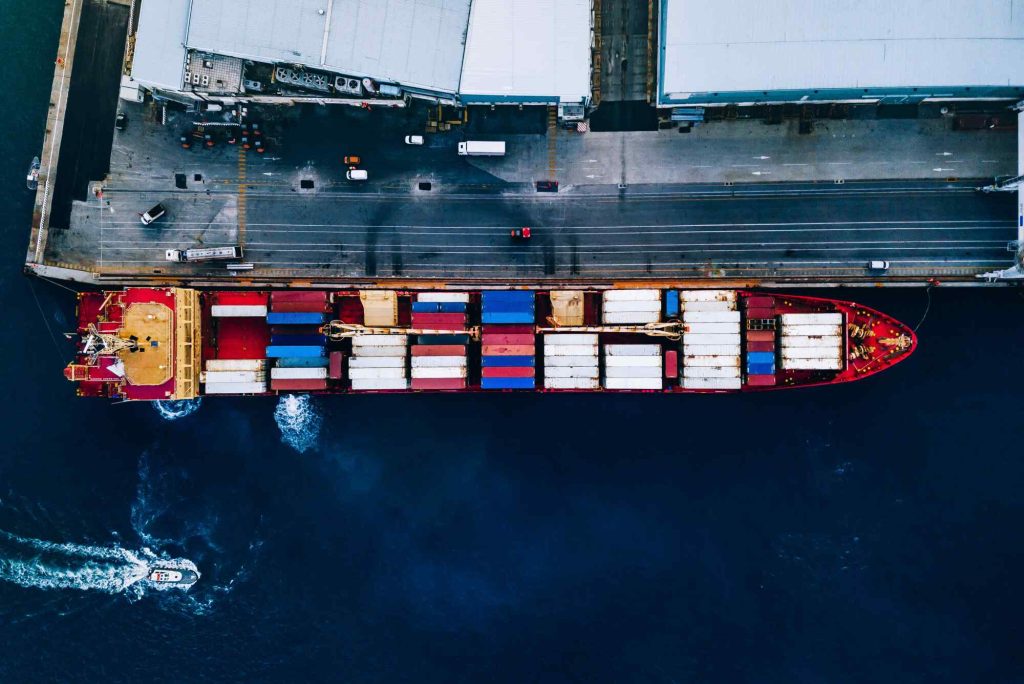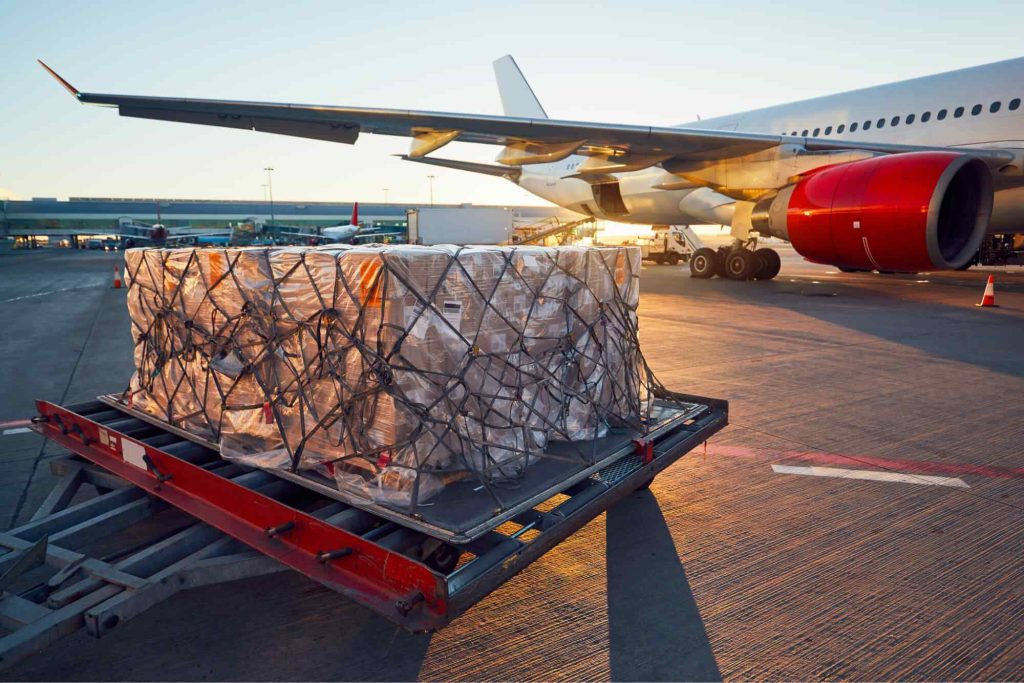Slip-on Flange is a type of flange that slips over the pipe and is welded on both the inside and outside, providing a strong, secure connection. It is widely used in pipelines to connect pipes, valves, pumps, and other equipment in a variety of industries.
1. Product Description
The Slip-on Flange is a type of flange that slips over the pipe and is welded on both the inside and outside, providing a strong, secure connection. It is widely used in pipelines to connect pipes, valves, pumps, and other equipment in a variety of industries. The Locus Slip-on Flange is designed for easy installation, cost-effectiveness, and durability.
2. Product Specifications
3. Working Principle
The Slip-on Flange works by being fitted over the end of a pipe. After being positioned, it is welded both internally and externally, securing the pipe and the flange together. The flange is used to connect the pipe to other flanged components, such as valves, pumps, and tees. This provides a leak-tight seal and a strong connection that can handle the internal pressure of the pipe system.
4.Principle of Operation
The basic principle of the Slip-on Flange operation involves:
5. Assembly
The assembly of a Slip-on Flange involves:
6. Installation Process
7. Technical Specifications
Feature | Specification |
Pressure Rating | 150#, 300#, 600# |
Temperature Range | -29°C to 300°C |
Size Range | 1/2″ to 48″ |
Material | Carbon Steel, Stainless Steel, Alloy Steel, Cast Iron |
Weld Type | Inside and Outside |
Face Type | Raised Face, Flat Face |
Standards | ASME B16.5, BS 4504, DIN 2573 |
Finish | Smooth or Raised Face |
Certification | CE, ISO 9001:2015, PED |
8. Troubleshooting
9. HS Code
10. Frequently Asked Questions (FAQs)
11. Applications
Locus International Export – Delivering precision-engineered solutions worldwide. Trusted for quality, reliability, and seamless global trade.
Lorem ipsum dolor sit amet, consectetur adipiscing elit. Ut elit tellus, luctus nec ullamcorper mattis, pulvinar dapibus leo.





